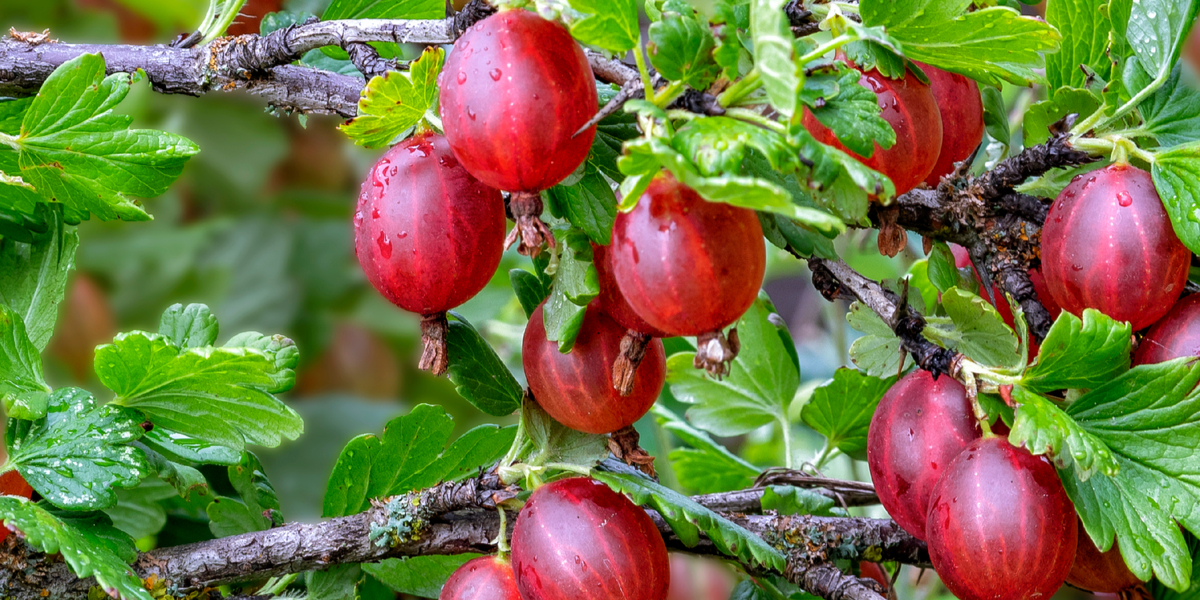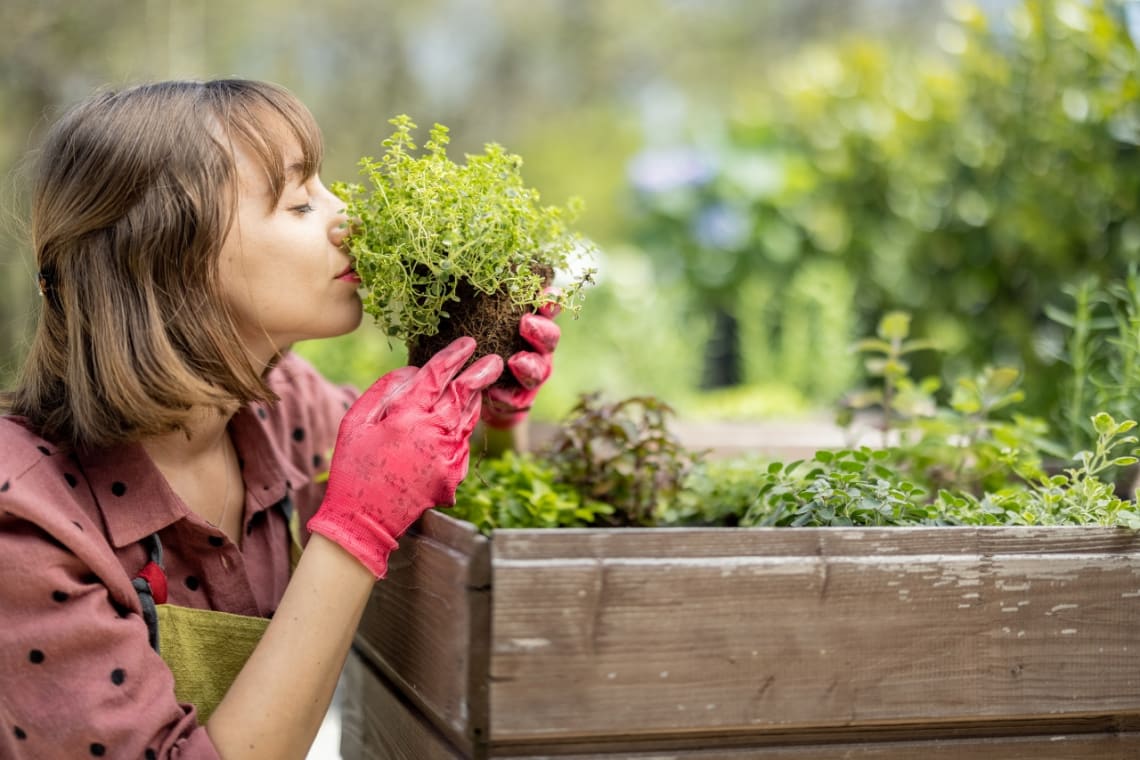Gooseberries, with their tart yet sweet flavor and versatile culinary applications, are a cherished fruit in British gardens. Whether transformed into delectable desserts, used to make jams and jellies, or enjoyed fresh off the bush, gooseberries are a delightful addition to any home garden. However, the journey from acquiring gooseberry plants to enjoying a bountiful harvest begins with selecting the right variety. In this comprehensive guide, we’ll explore different gooseberry varieties available to British gardeners and provide expert insights into what to consider when making your selection.
What to Consider When Buying Gooseberry Plants
Following,ChrisBowers & Sons share their opinion on what to be cautious about when purchasing gooseberry plants
Choose the Right Variety
Gooseberries come in various varieties, each with its unique characteristics. The primary factors to consider are fruit color, flavor, and intended use.
– Fruit Color: Gooseberries can be green, red, or yellow. Green gooseberries are often tart and suitable for cooking, while red and yellow varieties tend to be sweeter and ideal for fresh eating.
– Flavor: Gooseberries vary in flavor, from intensely tart to sweet-tart. Consider your taste preferences and how you plan to use the gooseberries when selecting a variety.
– Intended Use: Gooseberries can be enjoyed fresh, used in pies and crumbles, transformed into jams, or made into desserts like fool or pavlova. Choose a variety that aligns with your culinary goals.
Thornless vs. Thorny Varieties
One of the significant choices to make when browsing gooseberry plants for sale is between thornless and thorny varieties.
– Thornless Gooseberries: Thornless gooseberry plants are more user-friendly, as they lack the prickly thorns that can make harvesting a thorny experience. They are ideal for families with children and for gardeners who prefer less hassle during harvest.
– Thorny Gooseberries: Thorny gooseberry varieties may offer exceptional flavor and productivity. However, they require careful handling during harvest to avoid getting pricked by thorns. The reward of flavorful berries can be well worth it for passionate gooseberry enthusiasts.
Disease-Free Plants
To ensure the health and productivity of your gooseberry patch, it’s crucial to buy certified disease-free plants from a reputable source. Gooseberry plants can be susceptible to diseases like mildew and rust. Reputable nurseries take great care to provide disease-free gooseberry plants, reducing the risk of problems down the line.
With these considerations in mind, let’s explore the captivating journey of nurturing a gooseberry bush and enjoying the fruits of your labor.
Gooseberry Varieties: A Spectrum of Flavors
Invicta
Invicta gooseberries are a classic green variety known for their tart flavor, making them excellent for culinary uses like pies and jams. They are typically thornless and easy to maintain. Invicta gooseberries are renowned for their resistance to mildew.
Hinnonmaki Red
Hinnonmaki Red gooseberries offer a delightful balance of sweetness and tartness. These red gooseberries are perfect for fresh eating, desserts, and making preserves. They are disease-resistant and suitable for both thorny and thornless varieties.
Captivator
Captivator gooseberries are prized for their large, sweet, and juicy berries. This red, thornless variety is perfect for fresh consumption and desserts. Captivator gooseberry plants are vigorous growers and are known for their exceptional flavor.
Careless
Careless gooseberries are a green, thornless variety celebrated for their sweet-tart flavor. These gooseberries are excellent for culinary uses like pies and preserves. Careless gooseberry plants are easy to manage and bear fruit in abundance.
Nurturing Your Gooseberry Bush
Once you’ve selected your gooseberry varieties, it’s time to start the journey of nurturing your gooseberry bush. Here are some essential tips to help you grow a thriving gooseberry patch:
Soil Preparation
In order to improve the drainage and fertility of the soil, it should be prepared by adding organic matter, such as compost.Gooseberries thrive in well-draining soil with a slightly acidic to neutral pH.
Planting
Plant gooseberry bushes in late autumn or early spring when the soil is workable. Space the bushes about 3-4 feet apart to allow for good air circulation. Ensure the planting hole is deep enough to accommodate the roots without bending or crowding.
Pruning
Pruning is crucial for gooseberry bushes to encourage healthy growth and maximize fruit production. Remove dead or diseased branches, as well as any branches that cross or crowd the center of the bush. The dormant season is the ideal time to perform any necessary pruning.
Watering
Provide consistent moisture to your gooseberry bushes, especially during dry spells and fruit development. It is important to only water the soil around the plants rather than the leaves themselves to prevent any fungal growth.
Pest and Disease Management
Regularly inspect your gooseberry bushes for signs of pests like aphids and gooseberry sawflies. Implement organic pest control methods as needed. Keep an eye out for diseases like mildew and rust, and remove affected branches promptly
Mulching
Apply a layer of mulch around the base of the gooseberry bushes to conserve moisture, regulate soil temperature, and suppress weed growth.
Harvesting
Harvest gooseberries when they are fully ripe but still firm to the touch. Gooseberries can be harvested individually or in clusters, depending on your preference. They are ideal for fresh eating, cooking, and preserving.
Conclusion
Growing gooseberries in your garden is a rewarding journey that allows you to savor the unique flavors of this versatile fruit. Whether you prefer the tangy allure of Invicta, the balanced sweetness of Hinnonmaki Red, or the large, juicy berries of Captivator and Careless, there’s a gooseberry variety suited to your garden and culinary aspirations.
By carefully selecting your gooseberry plants, tending to their needs, and following best practices for cultivation, you’ll be well on your way to enjoying a bountiful harvest of gooseberries in your garden. So, why wait? Plant your gooseberry patch today and look forward to the joy of plucking ripe, delicious gooseberries from your own backyard for years to come.




